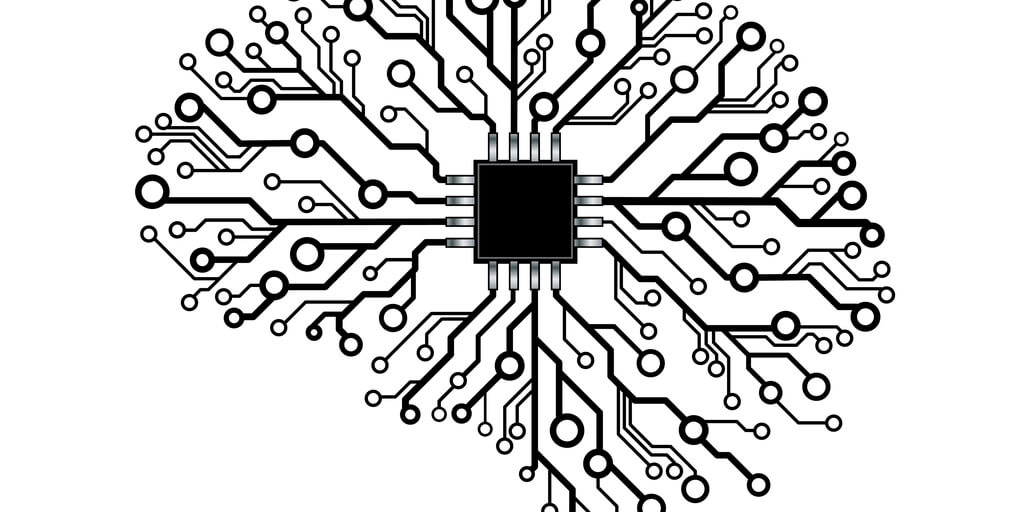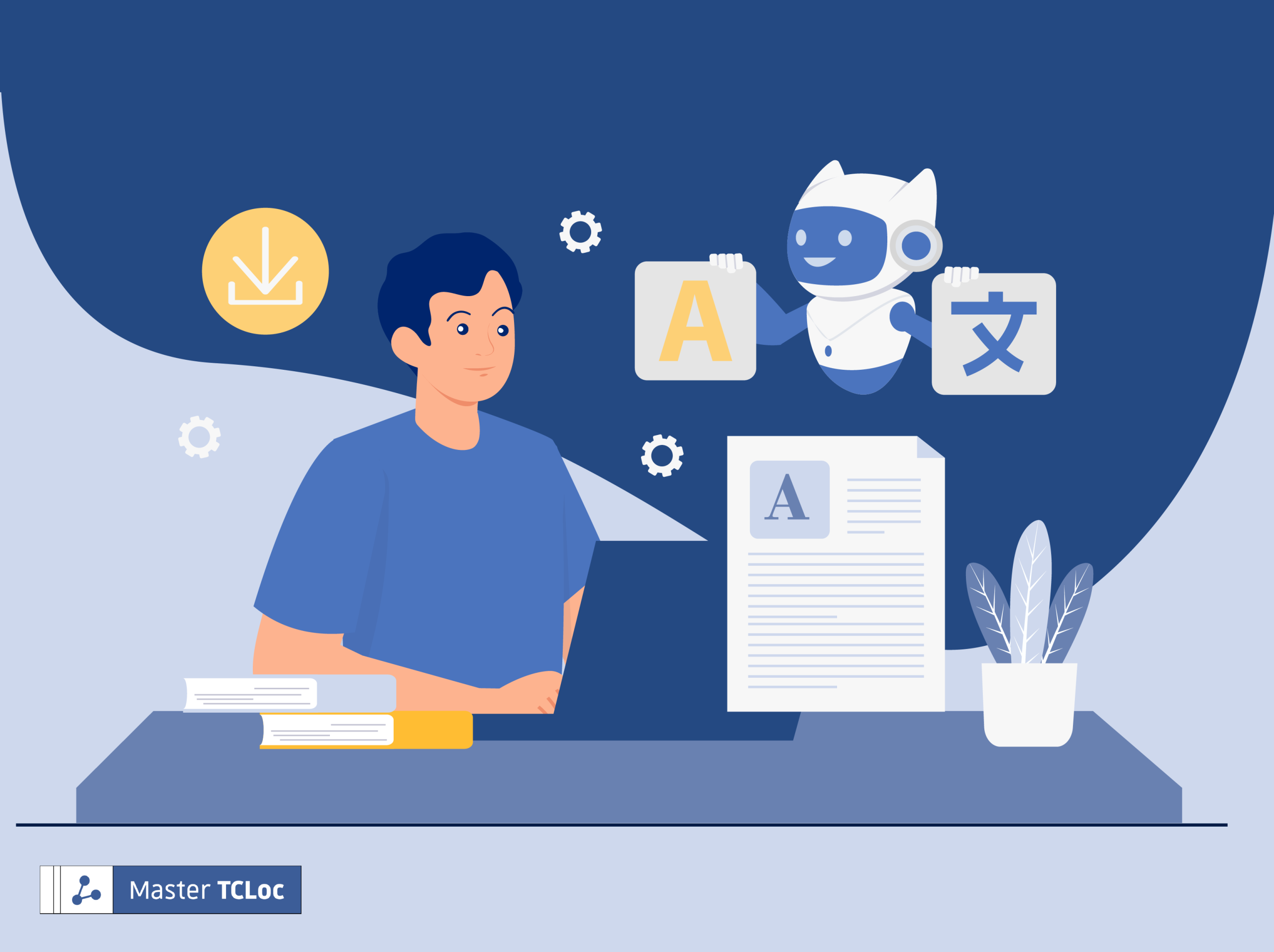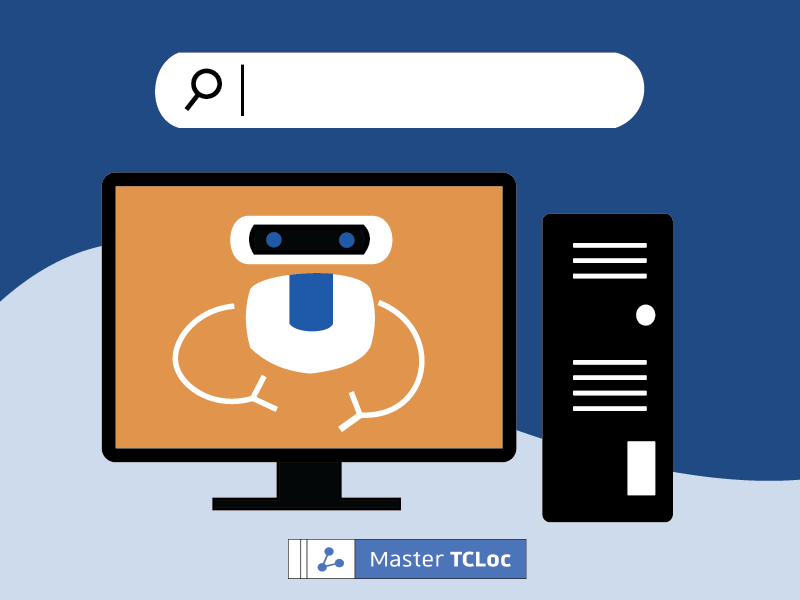Gone are the days where you would break out in a cold sweat when receiving an email written in a foreign natural language. Now you simply open your preferred web browser, call up your favorite machine translation app and, hey presto, you have a somewhat comprehensible translation at your fingertips.
We tend to take machine translation for granted in our frenetic, capitalist society. It is easy to forget that countless individuals have put in many thousands of people-hours just to enable computers to learn in the first place. So, let’s have a closer look at how machines do this.
One might be forgiven for believing that computers learn in much the same way as children do. There is some truth to this assumption, since machine learning is broadly classified into three distinct approaches, namely supervised, unsupervised and reinforcement learning. All three of these approaches rely heavily on complex mathematical algorithms.
We tend to take machine translation for granted in our frenetic, capitalist society. It is easy to forget that countless individuals have put in many thousands of people-hours just to enable computers to learn in the first place. So, let’s have a closer look at how machines do this.
One might be forgiven for believing that computers learn in much the same way as children do. There is some truth to this assumption, since machine learning is broadly classified into three distinct approaches, namely supervised, unsupervised and reinforcement learning. All three of these approaches rely heavily on complex mathematical algorithms.
Machine learning and natural language processing
As is the case in any kindergarten or primary school, children are taught by teachers. The role of the teacher is to guide children in their learning experience, making it as effective as possible. In some cases, the same can be said for computers, however, here the teacher is a developer that feeds the computer custom designed algorithms or carefully selected data sets. This form of learning is, unsurprisingly, called supervised machine learning.
Similarly, there comes a time in every child’s life where he or she starts relying on his or her own experiences to discover the world. This is where unsupervised learning kicks in. In fact, human beings are hardwired for unsupervised learning. The first words a child utters are often not what mom and dad expected, sometimes provoking laughter or even shock. Computers can also learn in this way.
Lastly, children learn from their mistakes. This lesson is not lost on machine learning developers, who use a similar approach to help computers generate learning algorithms. It is worth noting that the most effective machine learning strategies often involve a balanced combination of all three approaches.
So why is it taking computers so long to really master natural language? Well, maybe we should look for answers closer to home, since human language is far from perfect. In fact, human language is inefficient in communicating information in several respects, which include ambiguity and general vagueness. Computers don’t enjoy vagueness, since all programming languages are based on the rigorous certainties of math, statistics and logic.
It would therefore come as a surprise that Python, one of the best programming languages for dealing with mathematical modelling, is also well suited for getting to grips with natural language processing. In fact, Python currently provides a whole natural language toolkit, also known as NLTK, for dealing with our distressingly complicated human languages.
The difficulties of natural language processing
During a recent lecture at the University of Strasbourg by François Massion, a computational linguist with many years of industry experience, pointed out that natural language processing can involve multidimensional calculations which include up to three hundred variables. Massion’s assertion serves to indicate just how dense and complicated natural languages really are for computers to deal with.
Unravelling the vast tapestry of human language is therefore a formidable and ambitious task. The development of artificial intelligence in the realm of natural language processing is still very much in its frontier years, and much remains to be discovered. For this reason, technical communicators, linguists and translators should not run away from AI.
Dystopian conceptions of the technology are largely to blame for the current apprehension felt by translators, who sometimes feel that machine translation is destroying their very reason for professional existence.
What natural language technology promises us
Admittedly, machine translation will continue to advance, but translators would be wise to use the technology to their advantage, rather than competing with it. In fact, developments in machine learning will have a significant impact on the way we all work and do business in the future. To quote Stephen Hawking in a 2016 interview with The Guardian newspaper, artificial intelligence will be “either the best, or the worst thing, ever to happen to humanity”.




Comments
anju chauhan | Oct 30, 2017 7:00
Thanks